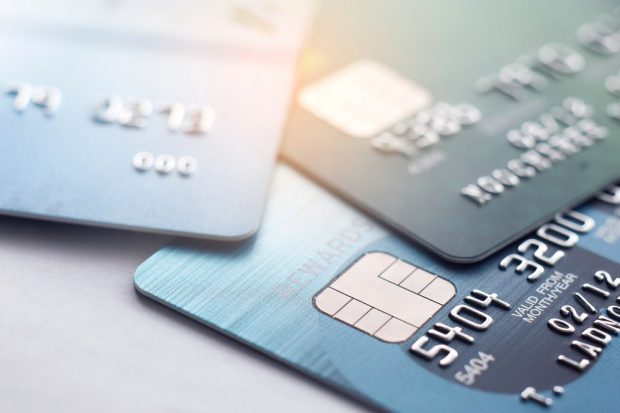Bank of America and JPMorgan Chase Report Rising Delinquencies

The two largest banks in the U.S. have reported rising delinquency rates on their credit cards.
Both Bank of America and JPMorgan Chase said in filings with the Securities and Exchange Commission (SEC) that their delinquency rates rose in January, two days after Discover Financial did the same.
Bank of America reported that from December to January, its Master Credit Card Trust II’s delinquency rate rose from 1.03% to 1.09% and its net charge-off rate increased from 1.43% to 1.50%.
JPMorgan Chase said that during those same months, its credit card delinquency rate rose from 0.76% to 0.83% but its net charge-off rate dipped from 1.24% to 1.17%, Seeking Alpha reported Wednesday.
This news came two days after Discover Financial reported that its credit card delinquency rate has been rising each month since May 2022 — reaching 2.67% in January — and its net charge-off rate was the highest it had seen since February 2021 as it hit 2.81% in January.
Other organizations recently reported that they’re seeing rising delinquencies among subprime and near-prime borrowers.
As PYMNTS reported in December, the creeping up of credit card delinquency rates may mean that consumers who live paycheck to paycheck are finding it harder to meet their obligations because inflation is making it hard to triage just where their money goes.
The Bank of America and JPMorgan Chase filings came a day after three bank executives gave their outlooks on the economy while speaking at events — and two of the three were optimistic.
Bank of America Chairman and CEO Brian Moynihan said Tuesday (Feb. 14) that consumers have money, are employed, are spending money and have capacity to borrow — and they’re keeping up strong demand for products and services across industries.
Goldman Sachs Chairman and CEO David Solomon said on the same day that he and most of the CEOs he speaks with expect that the economy will have a softer-than-expected landing. Like Moynihan, Solomon attributed this to consumers’ resilience.
Wells Fargo Chief Financial Officer Mike Santomassimo, on the other hand, had a gloomy prediction for the U.S. economy, pointing to the tight labor market, a housing and manufacturing slowdown and continued high inflation.
